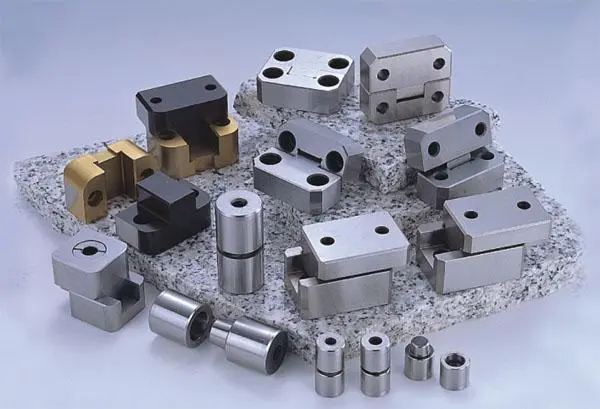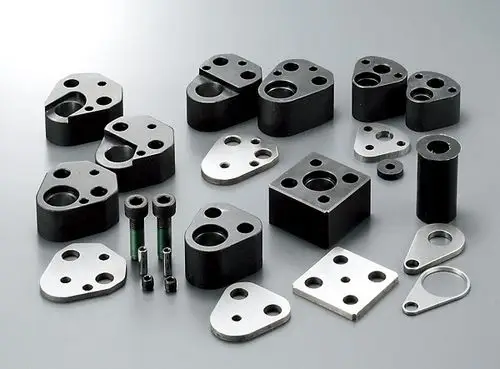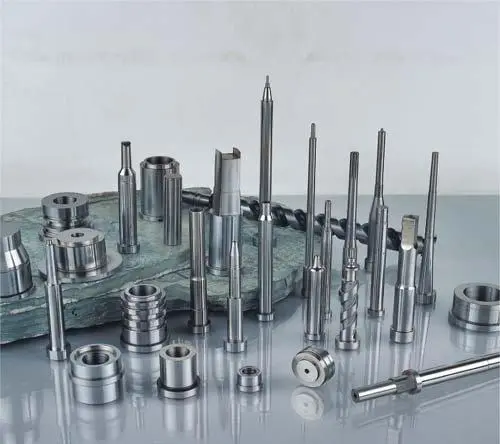News
Medical Devices: The Technological Power Protecting Health
In modern medicine, medical devices play a vital role. They are indispensable tools for doctors in diagnosing and treating diseases, and are crucial in ensuring patient health.
In modern medicine, medical devices play a vital role, serving as indispensable tools for doctors in diagnosing and treating diseases, and as crucial support for patient health.
I. Definition and Classification of Medical Devices
Medical devices refer to instruments, apparatus, appliances, in-vitro diagnostic reagents and calibrators, materials, and other similar or related articles used directly or indirectly on the human body.
Medical devices are classified into three categories based on their risk levels. Class I devices have low risk, such as stethoscopes and basic surgical instruments. Class II devices have moderate risk, such as common testing equipment like blood pressure monitors and glucometers. Class III devices have high risk, such as pacemakers and artificial joints.
II. Importance of Medical Devices
Medical devices enable early diagnosis of diseases. For example, large-scale equipment such as CT scanners and magnetic resonance imaging (MRI) can clearly show the internal structure and lesions of the human body, helping doctors make accurate diagnoses at an early stage of the disease.
In treatment, advanced equipment such as laser therapy instruments and minimally invasive surgical instruments make the treatment process more precise, less invasive, and reduce patient suffering and recovery time.
Rehabilitation medical devices such as prosthetics and wheelchairs help patients restore physical function and improve their quality of life.
III. Development Trends of Medical Devices
1. Miniaturization and Portability: With technological advancements, more and more medical devices are developing towards miniaturization and portability. For example, portable glucometers and blood pressure monitors allow patients to self-test at home and monitor their health in real-time. These miniaturized devices are not only easy to carry but also easier to operate, providing great convenience for daily disease management.
2. Intelligence and Automation: The integration of artificial intelligence technology makes medical devices more intelligent. Intelligent diagnostic systems can provide doctors with more accurate diagnostic suggestions by analyzing large amounts of medical data. Automated medical devices, such as automated dispensing robots, can improve the efficiency and accuracy of medical work and reduce human error.
3. Rise of Telemedicine Devices: Driven by internet technology, telemedicine devices are becoming increasingly popular. Remote electrocardiogram monitors and remote ultrasound devices allow patients to receive professional diagnosis and treatment without going to the hospital. This is particularly important in addressing the lack of medical resources in remote areas.
4. Personalized Customization: Due to individual differences, future medical devices will focus more on personalized customization. For example, customized orthopedic appliances and personalized drug delivery systems can better meet the specific needs of patients and improve treatment outcomes.
IV. Research and Development of Medical Devices
With continuous technological advancements, the research and development of medical devices is accelerating. The application of new materials, such as nanomaterials and biodegradable materials, brings new opportunities for improving the performance of medical devices.
Intelligence and digitalization are important trends in the development of medical devices. Smart glucometers can transmit data in real-time through mobile phone apps, facilitating monitoring and management by patients and doctors. Telemedicine devices allow patients to receive professional medical services at home.
V. Regulation and Quality Control of Medical Devices
To ensure the safety and effectiveness of medical devices, countries have established strict regulatory systems. From product research and development, production, and sales to use, there are a series of regulations and standards to constrain them.
Manufacturing companies need to pass strict quality certifications and conduct regular product testing and quality assessments.
VI. Future Outlook
In the future, medical devices will become more personalized, providing customized solutions based on individual patient differences.
The integration of medical devices with cutting-edge technologies such as artificial intelligence and big data will become more in-depth, bringing more breakthroughs and innovations to the medical field.
In short, medical devices are an indispensable part of the modern medical system, and their continuous development and progress will make greater contributions to human health.



